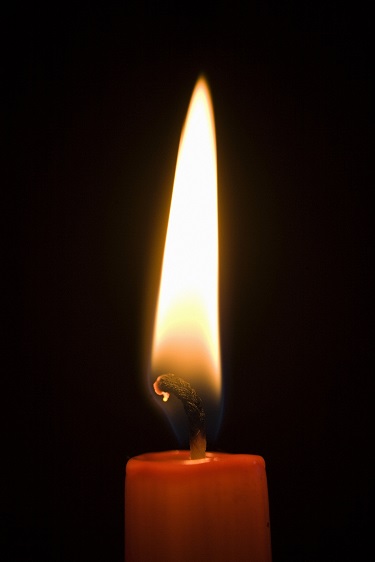
Current Hydroponic Lighting Systems are now state-of-the-art. Gone are the days of lighting indoor gardens with standard incandescent bulbs or standard fluorescent bulbs.
We can now choose high-powered hydroponic lighting systems catering exclusively to flowering or vegetative growth or both and we will examine some of the choices available.
When choosing a lighting system, we have to keep in mind the intensity of output as well as the favored spectrum of the bulb.
Light intensity was always measured by the ‘candlefoot’ unit where 1 candlefoot is the brightness of one candle, 1 foot away from a plant. We still use this unit but call it a ‘lumen’ so 1 lumen equals 1 candlefoot. It is now estimated that an indoor garden requires about 2000 lumens per square foot for satisfactory plant growth.
Sound like a lot? It is and is not because modern lighting systems easily deliver this intensity – of course your electric bill may suffer a tad…
The other factor to consider is spectrum. Light, as we know, is composed of a variety of colors by frequency. Plants require light from the red/orange as well as the blue/green wavelengths where red light is used by a plant for budding and flowering and blue for vegetative growth.
So, knowing this, what are our choices for indoor lighting?
Standard incandescent bulbs provide a good light intensity and lots of red spectrum light but most of the output is wasted through generated heat. It is not a good choice for a garden (and expensive in use of electricity) and a standard fluorescent bulb is not much better even though it is cheaper to run.
What’s Left?
Well, fluorescent bulbs have come a long way and special ‘grow’ type bulbs can be satisfactory. Fluorescent warm, white bulbs provide a good source of red light while the cool white bulbs produce good blue light output. The optimal method would be to grow your plants to maturity with a cool white bulb and later replace with a warm white bulb for flowering or you could use both types of bulbs at the same time.
They are cheap to purchase and use and run cool. And a typical indoor garden would only need 20 to 40 watts per square foot. The major disadvantage of fluorescents is that light intensity decreases dramatically the farther away the light source is moved from a plant.
To really be effective a fluorescent system would have to stay only a few inches from the top of the plant and would have to be raised as the plant grows. The other disadvantage is that light intensity is only at the rated capacity at a straight line down from the bulb – a few inches off to either side and the intensity drops off.
To solve this problem many growers, place their lights on movable frameworks so every part of the garden gets adequate light. All in all, fluorescents may be the ideal hydroponic lighting system for the home hobbyist.
A better, but more expensive, alternative would be a HID hydroponic lighting system. HID refers to ‘High Intensity Discharge’ and refers to any hydroponic lighting system using high pressure gas within the bulb to produce light.
They work by shooting current into a bulb and when a certain voltage is reached the gas sparks creating an arc and light. They produce an extremely high output of light in a mixed spectrum making them ideal for an indoor garden. But they are expensive to purchase and expensive to use and tend to run extremely hot.
Because of the bulb design it draws more and more electrical current into the bulb eventually burning it out. So, each unit is equipped with a device called a ballast which serves three purposes: it supplies the proper startup voltage, supplies the proper operating voltage and, most importantly, limits the amount of voltage the lamp draws.
To make matters worse, ballasts are not interchangeable between different manufacturers. But despite these drawbacks, HID lighting is the undisputed master of indoor hydroponic lighting systems.
HID bulbs are generally of the metal halide type or high-pressure sodium. They both produce a very high output per watt with the metal halide more in the ‘blue’ range and high-pressure sodium more ‘red’.
They generally produce from 120 to 140 lumens per watt and come in a couple hundred watts to a thousand-watt bulbs. A typical 3 x 3 garden would require at least 18,000 lumens while a 250-watt HID bulb would produce 29,000 lumens. If you are serious about the quality of your indoor garden, HID is typically the way to go.
And don’t forget that lights can be turned on and off automatically through timers.
Larry Maki is an avid, self-taught hydroponics gardener from Connecticut with a passion for alternative types of gardening.
Related Articles & Free Email Newsletter
5 Things to Consider Before Purchasing LED Grow Lights
A Beginners Guide to Grow Lights




Comment here